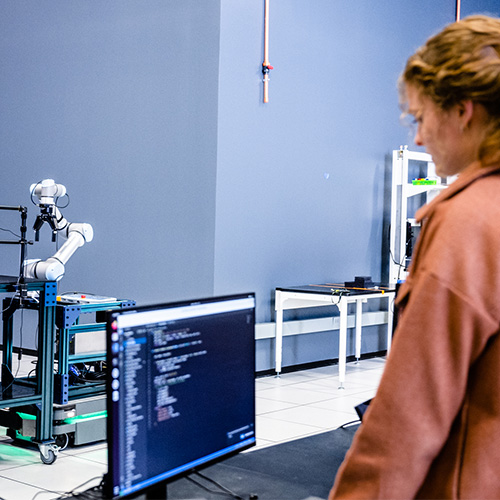
In a recent paper entitled Flexible open-source automation for robotic engineering (Chroy et al. 2021), a new software package named PyHamilton was presented which allows the user to program the actions of Hamilton STAR and STARlet liquid handling robots using standard Python. The capabilities of PyHamilton were demonstrated by preforming several biological experiments including the use of a feedback loop to maintain culture turbidostats and a high-throughput perturbation analysis of metabolites.
For this project, we will reproduce one of the biological experiments presented in this paper using the Python interface that has been developed for the Hudson SOLO liquid handler and Hudson SoftLinx integration system. We aim to prove that our completely open-source Python API can execute the same biological experiments as PyHamilton with similar results. Students on this project will also contribute to the growing library of biological protocols written for our Hudson robotic experimentation platform.
Link to PyHamilton paper: https://pubmed.ncbi.nlm.nih.gov/33764680/
Mentors: Casey Stone, Abraham Stroka, Priyanka Setty
Students: Gillian Camacho, Arleen Hidalgo, Halona Dantes

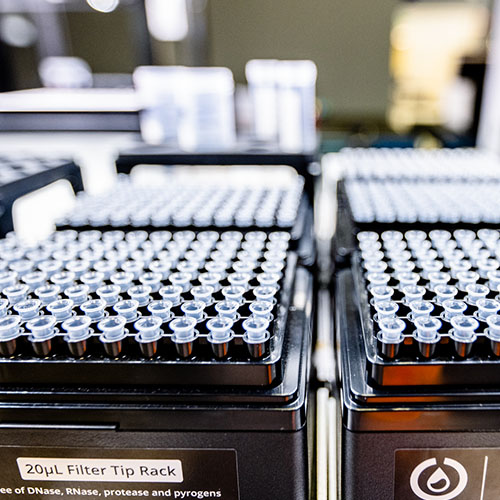
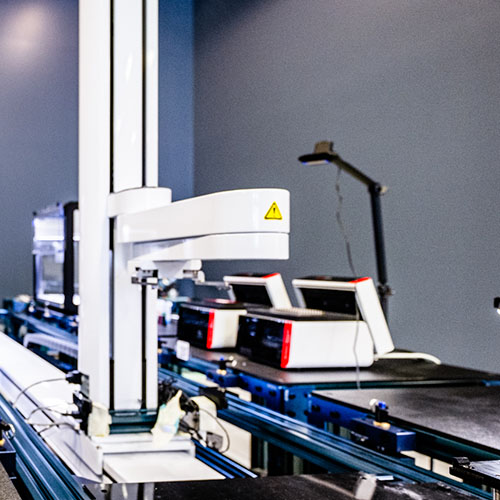
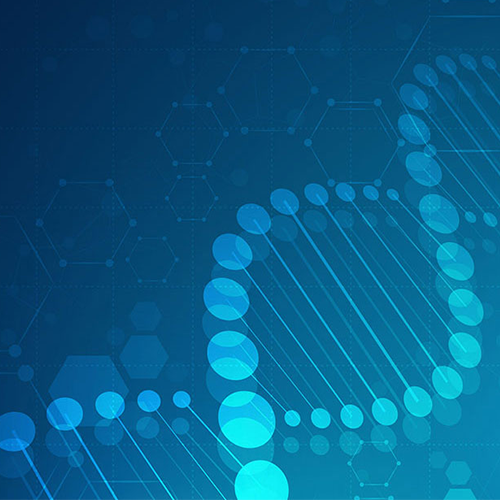
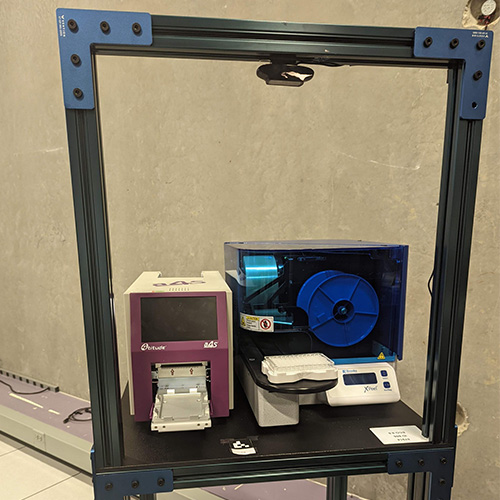
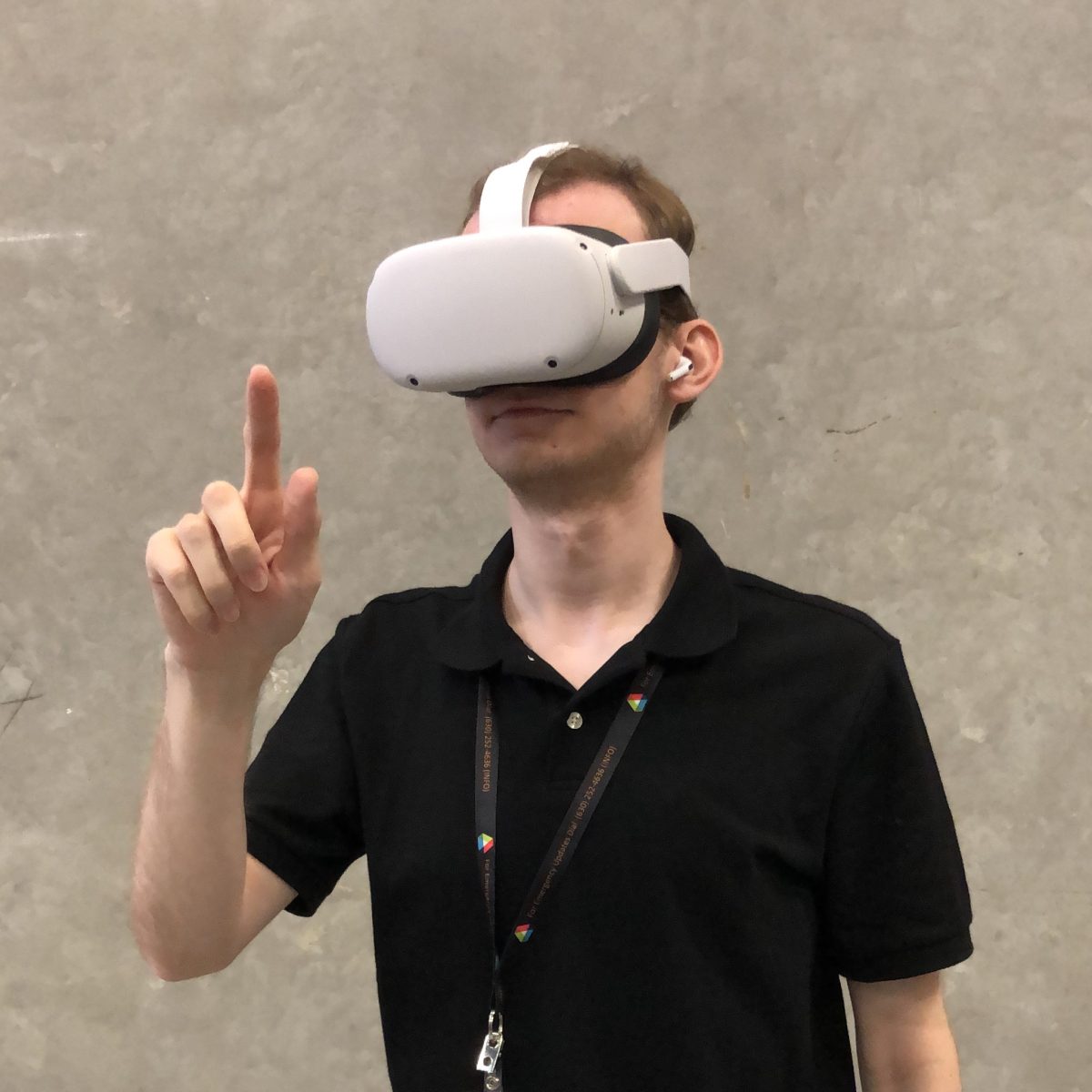
 This project aims to enable computer vision capabilities on a mobile robot in such a way that decisions can be made local to the robot in real time based on video input. This includes design and initial development of a vision API. This could include adding vision to UR5e arm so that QR-type tags could (1) identify fiducial positions to provide a coordinate system transformation to enable accurate interactions with mobile arm and things on static tables, and (2) identify things of interest called out by name in protocol: “beaker 7”, “start button”, “trash bin”
This project aims to enable computer vision capabilities on a mobile robot in such a way that decisions can be made local to the robot in real time based on video input. This includes design and initial development of a vision API. This could include adding vision to UR5e arm so that QR-type tags could (1) identify fiducial positions to provide a coordinate system transformation to enable accurate interactions with mobile arm and things on static tables, and (2) identify things of interest called out by name in protocol: “beaker 7”, “start button”, “trash bin”